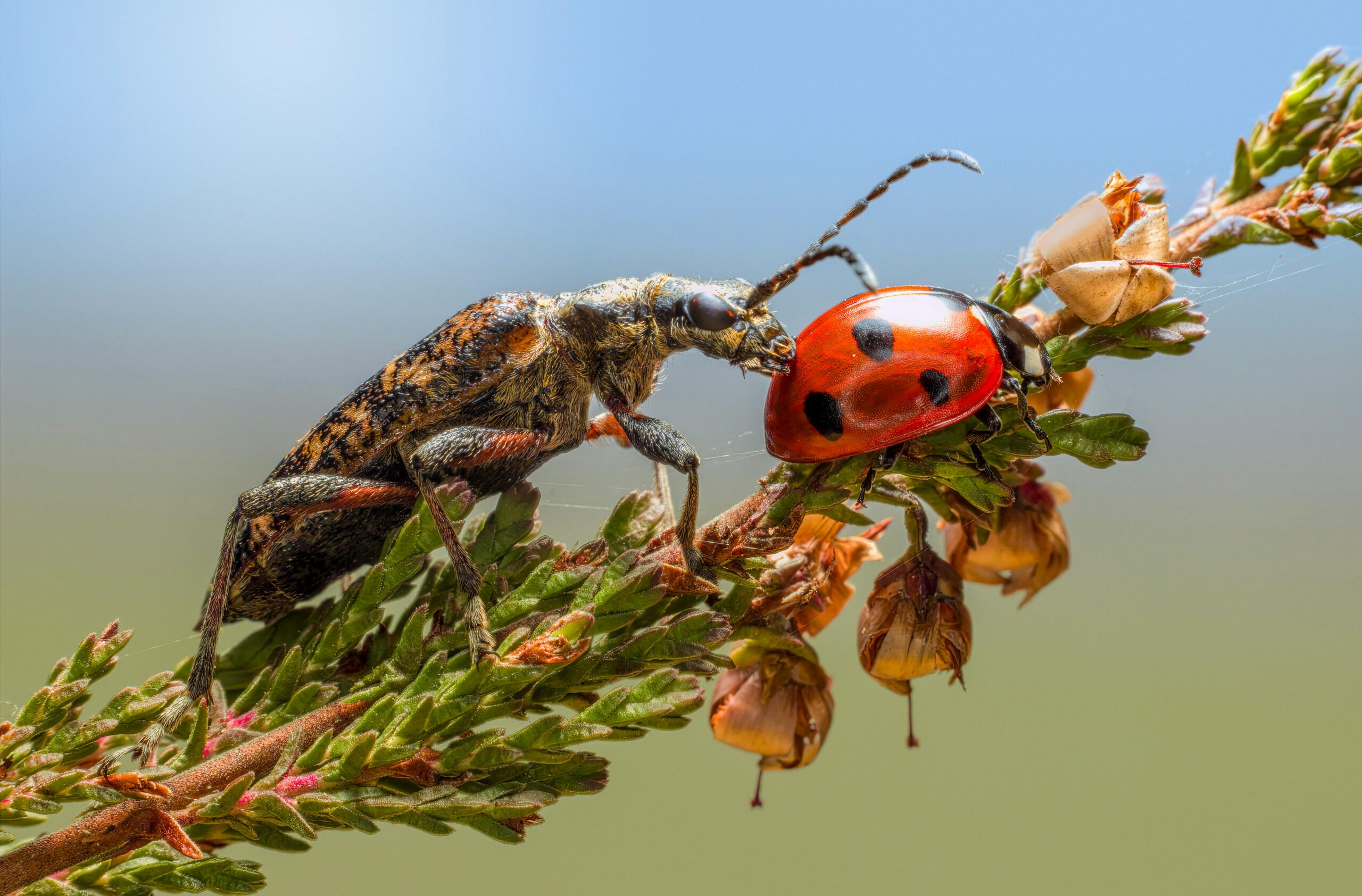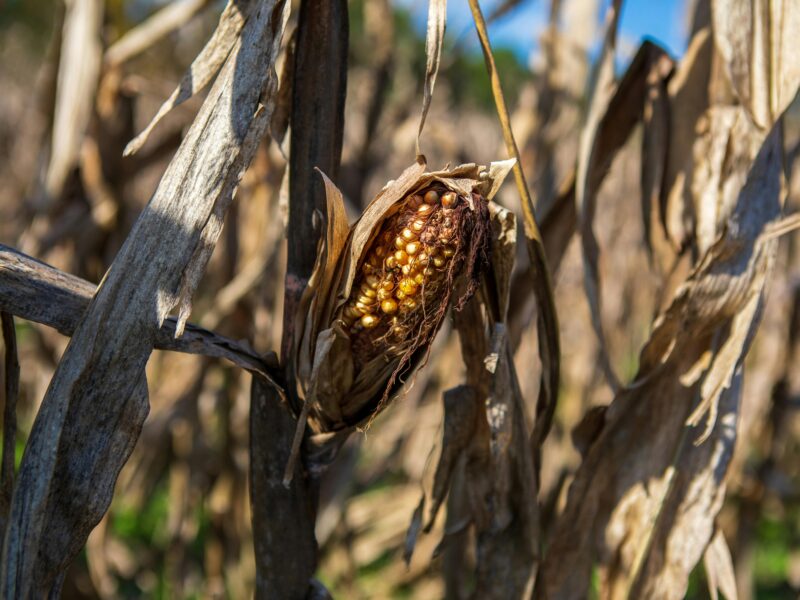When most people think of garden pests, they imagine bugs munching away on leaves or larvae destroying crops. But not all insects are enemies. In fact, many “creepy-crawlies” are some of the most powerful allies a gardener can have. These beneficial insects help control pests, pollinate plants, and even improve soil health. Learning to recognize and welcome them can transform your garden into a thriving ecosystem.
1. Ladybugs: The Aphid Assassins
Ladybugs, also known as lady beetles, are perhaps the most well-known beneficial insects. Their bright red shells with black spots make them easy to spot, and they’re often associated with good luck. But beyond their charm, ladybugs are fierce predators.
A single ladybug can eat up to 50 aphids a day, along with other soft-bodied pests like mites and whiteflies. By introducing or encouraging ladybugs in your garden, you can reduce infestations without resorting to chemical sprays. To attract them naturally, plant flowers such as dill, fennel, and marigolds.
2. Lacewings: The Silent Hunters
Green lacewings may look delicate, but their larvae—often called “aphid lions”—are anything but. These tiny predators feed on aphids, mealybugs, caterpillars, and thrips. Their voracious appetites make them one of the most effective biological pest controls available.
Adult lacewings feed on nectar and pollen, so having a diverse range of flowering plants will encourage them to stick around. Think of lacewings as your garden’s stealthy security force, quietly keeping harmful insects in check.
3. Ground Beetles: The Soil Guardians
If you’ve ever lifted a rock in your garden and seen shiny black or metallic beetles scurrying away, chances are you’ve encountered ground beetles. These nocturnal hunters patrol the soil surface at night, feeding on slugs, cutworms, and other soil-dwelling pests.
Ground beetles also play a role in soil aeration, as their movement helps mix organic matter and improve structure. To create a welcoming environment for them, leave some mulch or low ground cover where they can hide during the day.
4. Hoverflies: The Pollinators in Disguise
At first glance, hoverflies look like small bees or wasps, but don’t be fooled—they’re harmless and highly beneficial. Adult hoverflies are excellent pollinators, visiting flowers for nectar and helping crops like strawberries, tomatoes, and cucumbers flourish.
Even better, their larvae are natural pest controllers, feeding heavily on aphids and scale insects. By planting nectar-rich flowers such as alyssum, cosmos, or lavender, you’ll attract hoverflies and boost both pollination and pest control at once.
5. Spiders: The Web Weavers of Balance
Though technically arachnids and not insects, spiders are invaluable allies in the garden. Their webs capture a wide variety of flying pests, including mosquitoes, flies, and moths that might otherwise damage plants.
While many people fear spiders, most species in the garden are harmless to humans and essential for maintaining balance in the insect population. By avoiding excessive pesticide use and allowing natural hiding places like shrubs and tall grasses, you’ll encourage spiders to take up residence where they can do their quiet work.
Creating a Bug-Friendly Garden
Welcoming beneficial insects doesn’t mean letting your garden go wild—it’s about creating balance. Here are a few simple ways to encourage these allies:
- Plant a variety of flowering species to provide nectar and pollen year-round.
- Minimize chemical pesticide use, as these harm helpful insects as much as pests.
- Provide shelter with mulch, stones, or ground cover.
- Let a few plants go to seed, which often attracts pollinators and predatory insects.
The next time you see a bug crawling or flying through your garden, don’t be too quick to squash it. Many so-called “creepy-crawlies” are essential partners in keeping your plants healthy and productive. Ladybugs, lacewings, ground beetles, hoverflies, and spiders are just a few examples of nature’s built-in pest control and pollination systems.
By understanding and encouraging these garden allies, you’ll not only reduce the need for chemicals but also cultivate a vibrant, balanced ecosystem where plants, insects, and people all thrive together.


